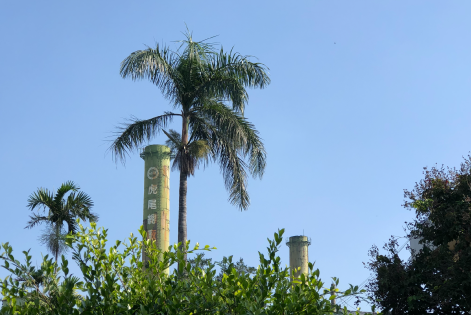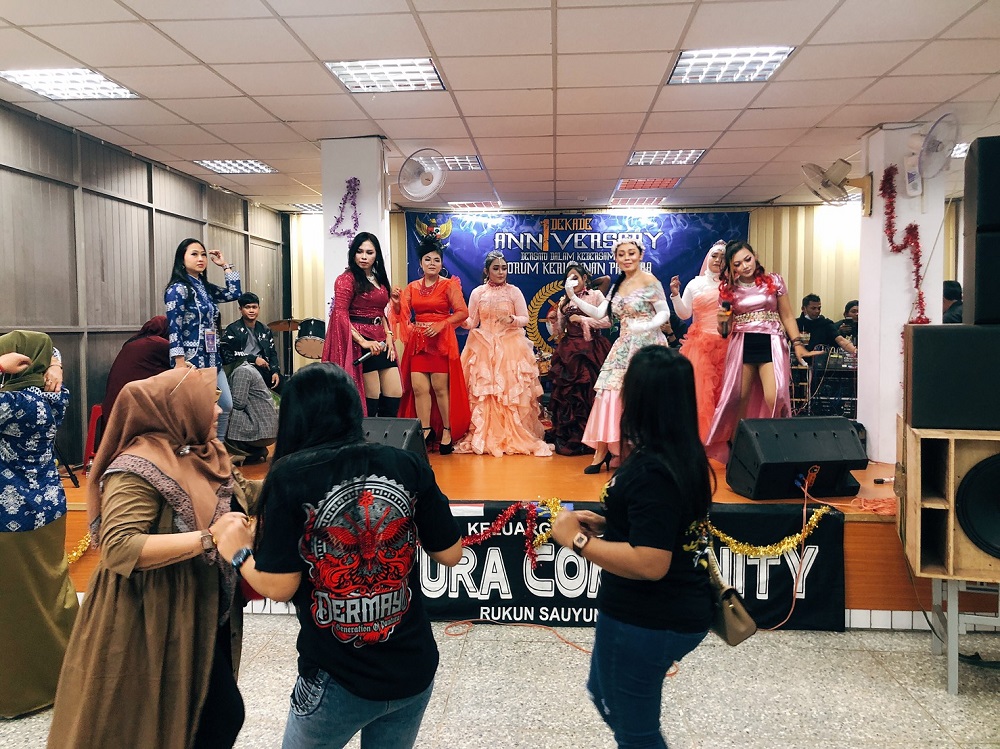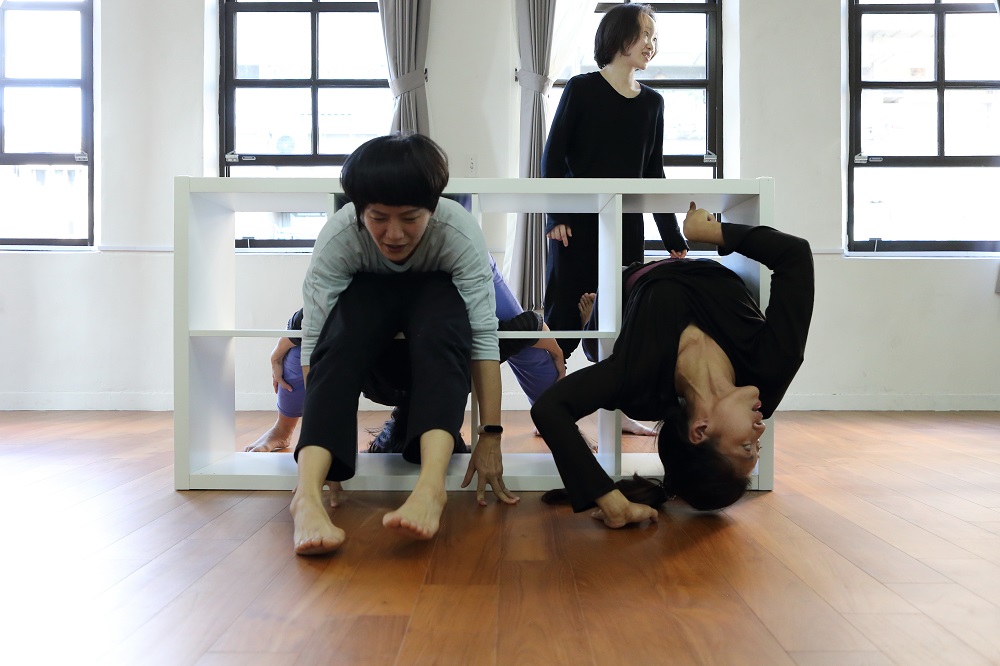

Ring of Sugar A Research Project on the South Pacific's Human Geography and Contemporary Art on Topological Psychology
Chen Hsiang-Wen has been vesearching on inntersections humanities history between Taiwan and Southeast Asia since 2016. In "Ring of Sugar", Chen focuses on cane sugar, an important cash crop in Taiwan, for her curatorial research.
She studied related iconological history and colonial backgrounds and conducted interviews on creative/curatorial case studies by modern artists. The research was then complemented with related information and case studies from the Philippines and Indonesia to outline the interaction between the colonization of South Pacific islands and modern art, which will further serve as the basis for future art curation. The research project included three major tasks: first, to compile a history of cane sugar in Taiwan. The Dutch East India Company transformed cane into a cash crop during their time in Taiwan, transforming the role of cane in the history of colonial Taiwan; second, to compare the history of cane sugar in Taiwan against that of the Philippines', which experienced a similar transformation, i.e., the cane sugar industry existed in the Philippines since the early stages of the Spanish colonial period and is now a source of conflict between farmers, landowners, the government, and the mafia; and third, to investigate site-specific art practices in the curatorial and artistic approaches in a research on “2019 Madou Sugar Industry Art Triennial” and the creative discussion with artists Hsu Chia-Wei, Chang Ting-Tong, and Cheng Hsien-Yu for the project “Research on the technology development of Taiwan-Japan Cane Sugar History”.
 Chen Hsiang-Wen
Chen Hsiang-Wen
Chen Hsiang-Wen is an independent curator that is now serving as Art Director at the Digital Art Center, Taipei. She recently curated Is/In- Land: Mongolian Taiwanese Contemporary Art Exchange Project (co-curator), Hybrid and Metamorphosis: Yang Mao-Lin's Mythology, Golden Jasmine (A Record of the Tobacco Industry in Meinong: Solo Exhibit by Lo Yi-Chun), etc. Her research and curation focus on studying the texture of Taiwan's cultural history and its radiating historical and geographical axes to build a psychological topography of Asia.





